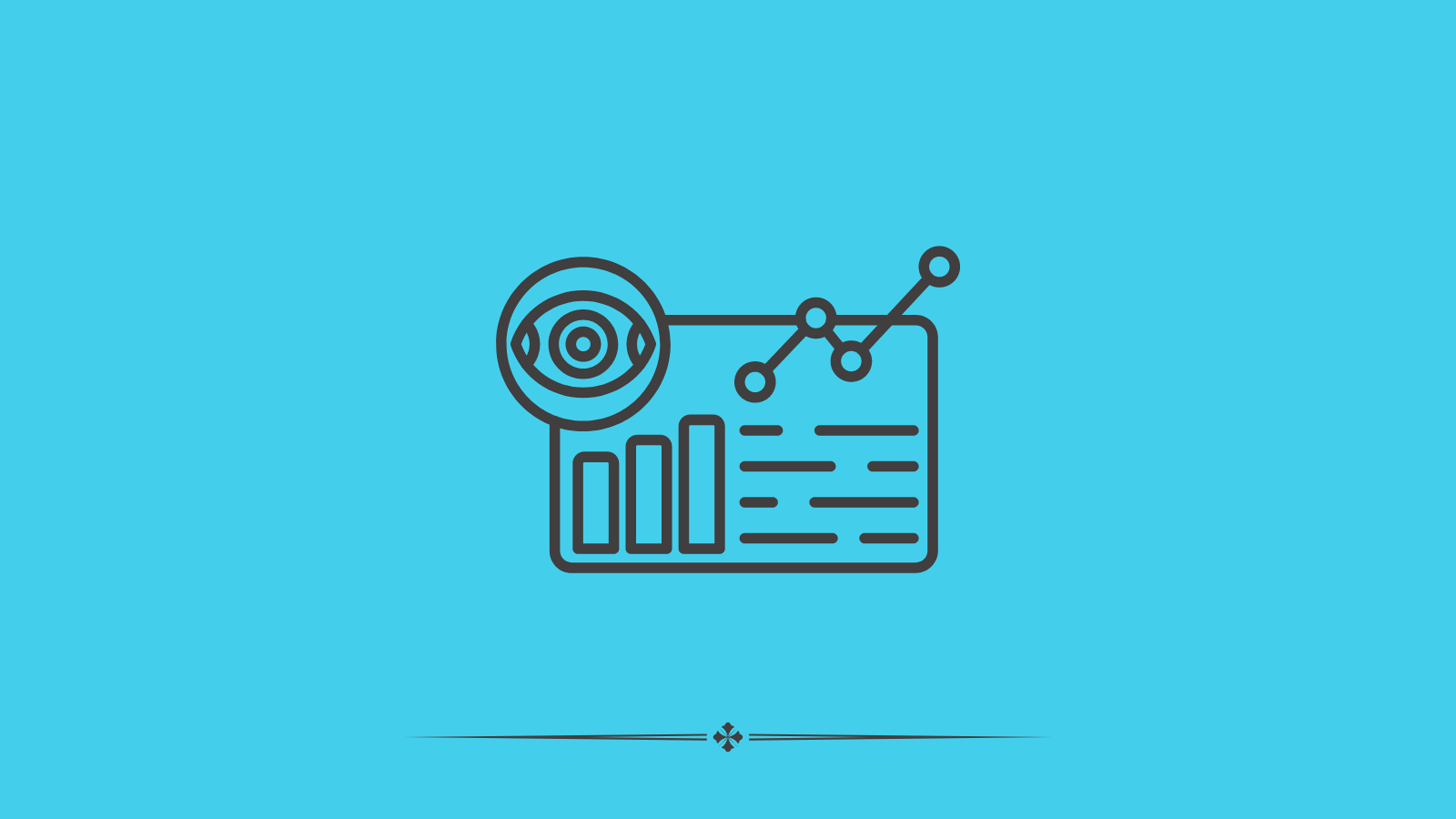Data-Driven Marketing: Using Analytics to Optimize Campaigns
Data-driven marketing, therefore, is a crucial tool when it comes to marketing optimization for any firm that seeks to attain a higher ROI in this modern era of digital integration. The application of analytics provides the marketer with proper information to make choices and change the campaign based on the target audience and assess the impact of their marketing activities. In this article, the author aims to present more in-depth insights into what data-driven marketing is and how analytics can be used to increase the efficiency of marketing activities.
Integrated marketing communication strategies that have their foundations in sophisticated statistical and mathematical models are steadily replacing traditional marketing strategies that are primarily an art that relies on instinct and basic demographic information. These methods are gradually being supplanted by other methods. These techniques rely on large quantities of information to present consumers with information that can be implemented and to assist marketers in creating more efficient and specialized advertising campaigns. Projected by business researchers, big data and analysis tools have made the collection of data sets, analysis, and integration into marketing strategies easier than ever before. Apart from the above benefits, customer experiences are also upscaled through this change as it enhances the performance of the campaign.
Chapters
- Understanding Data-Driven Marketing
- The Importance of Data Quality
- Key Metrics for Marketing Analytics
- Using Customer Segmentation
- Personalizing Marketing Campaigns
- Predictive Analytics in Marketing
- A/B Testing for Campaign Optimization
- Leveraging Marketing Automation Tools
- Utilizing Real-Time Data for Immediate Adjustments
- Creating Data-Driven Content Strategies
- Conclusion
Understanding Data-Driven Marketing

“Data-driven marketing management refers to the process of focusing on the act of gathering and analyzing data to use in marketing decisions or marketing strategies. Other examples of types of data included in it are; demographic data, behavioral data, client preferences, and activities data among others. Thus, marketers who complete this analysis can identify trends, make predictions, and make decisions that are based on the trends, which in turn helps toward the optimization and concentration of the marketer’s efforts” says, Gemma Hughes, Global Marketing Manager at iGrafx. It is noteworthy that the application of this post-IT strategy does not imply the use of global methods and heuristics to achieve the goal, which makes it possible to work with a greater degree of focus and precision.
The Importance of Data Quality
“Any well-planned and reasonably effective data-driven marketing must also include valuable data as its foundation. If data quality is lacking, then insights and undertaken initiatives are also ungrounded and effective. However, it is crucial to quantify data and prove that it is accurate, full, and consistent. It thus calls for users to conduct data cleansing and validation exercises periodically to remove duplicates, correct negative errors, and update legacy data to current data. Not only does such credibility resulting from high-quality data make analytics more dependable, but also it helps to enhance the level of customer’s confidence and satisfaction as well” says, Youssef Hodaigui, Founder of Youssef Hodaigui – Search Engine Optimization
Key Metrics for Marketing Analytics
To optimize marketing campaigns, it is essential to track and analyze key metrics. These metrics may include:
- Conversion Rate:
- The percentage of visitors who take a desired action, such as making a purchase or filling out a form
- Customer Lifetime Value (CLV):
- The total revenue a business can expect from a single customer throughout their relationship.
- Return on Investment (ROI):
- The profitability of a campaign is calculated by comparing the revenue generated to the cost of the campaign.
- Engagement Rate:
- Measures how actively customers interact with a brand’s content, such as likes, shares, comments, and click-through rates.
Using Customer Segmentation
“Out of all the numerous strategies in data-driven marketing, customer segmentation is among the most utilized. This involves categorizing a pool of consumers into several markets based on one aspect or another including age, usage patterns, or preferences among others. Thus, the concept of customer segmentation helps marketers target their campaigns according to the needs of a particular group and, hence, provides clients with marketing messages that prove to be significantly more suitable and efficient” asserts, Sam Hodgson, Head of Editorial at ISA.co.uk. The improved analytics may also facilitate the process of segmentation, and it becomes easier to identify and respond to the highest-value categories.
Personalizing Marketing Campaigns

According to Paul Phelps, Managing Director at SOLENT POWER, “Personalization is one of the major benefits that organizations can gain while practicing data-driven marketing. By adopting customer information, which is a form of data, marketers can create rich messages that specifically speak to targeted consumers. Some of its examples include; marketing via individualized e-mails, individualized marketing of products, and targeted advertisements. First of all, personalization is not only known to improve customer interest rates and conversion rates but also has the benefit of making the client base more united and loyal. To enhance the customization aspect even more, like the idea that was introduced above, machine learning algorithms can be employed to predict the customers.”
Predictive Analytics in Marketing
Gerrid Smith, Founder & CEO of Fortress Growth says, “Predictive analytics can be described as the process of using historical data and classical or advanced statistical models to identify and analyze the likelihood of future occurrences. Marketing analytics facilitates the process of recognizing potential clients, estimating the probable demand for services and products and even foreseeing the buyer’s behavior. Therefore, this makes it easier for marketers to predict potential changes and decide on better marketing strategies and promotions to increase the probability of sales conversion. Other examples of predictive models include; customer churn models, and these can help marketers to catch those clients who are likely to churn and alert them to take necessary measures to retain the client before this happens.”
A/B Testing for Campaign Optimization
“A/B testing or split testing is a known method of comparing two working variants of a marketing factor to find out which offers better results. In this regard, apart from the headline, graphic, call-to-action, and the format of the email, other aspects can also be tested. Through such results, it is possible to specify which factors of the marketing promotions have the highest efficiency and then adjust them to the given ad. Originally, A/B testing was a useful approach in data-driven marketing because it gives marketers real data on what is successful and what is not successful down the path, which is useful in constant improvement throughout the marketing process” says, Ben Flynn, Manager at Homefield IT
Leveraging Marketing Automation Tools
“Effective marketing strategies call for the use of data in the execution and management of campaigns, which marketing automation tools assist in. These technologies can help automate several processes during lead nurturing, posting on social media, and emailing to allow marketers to focus on strategy and evaluation” says, Tim Parker, Director at Syntax Integration. He adds, “Marketing automation solutions often have in-built analytical tools; therefore, users can gain real-time results from the analytics, as well as the activity of customers and campaigns. Because of this, marketers can quickly adapt to changes, and, more importantly, ensure that the strategies, tactics, and campaigns deliver maximal results.”
Utilizing Real-Time Data for Immediate Adjustments

“As seen, data-driven marketing is quite similar to data-driven targeting as discussed in the previous sections; but it provides an added advantage of making changes in campaigns in real-time using data collected. For instance, when interacting with consumers through social networking sites, marketers are in a position to identify problems and opportunities on the go. This is done by identifying the progress of campaigns as they happen in real time. This is due to agility, which means that resources can be easily and swiftly used to focus on the most productive strategies evident in the ability to market” adds, Sasha Quail, Business Development Manager of claims.co.uk.She continues, “Information can be presented in real-time analytics and can be presented in the form of alerts, helping marketers stay informed and engaged with their customers.”
Creating Data-Driven Content Strategies
“In the context of marketing communication campaigns, content plays a crucial role, and, especially, big data-derived tips can significantly enhance content. They can be able to create contents that address the needs of the target consumers since marketers can conduct research and come up with relevant data on consumers’ behavior, interests, and level of interaction. It means having insight into the categories of material that boast the best performance, the signal times for distribution of content as well as the most effective formats in attracting attention” shares, Timothy Allen, Director at Oberheiden P.C.. The utilization of content strategies with a data-driven approach means that each content piece must have a function and work to the overall goal and objectives of its marketing.
Conclusion
One of the significant changes that has occurred in the function with regards to its concerns marketing initiatives is brought by data-driven marketing. It is valuable to look at how marketers can benefit from analytics when seeking information, improving their strategies, or creating more targeted and impactful campaigns. Some of the major methods useful in marketing to manage data include but are not limited to verifying data integrity and monitoring key performance indicators, segmenting consumers, and using predictive analytics methods. The conspicuous rise in the utilization of technological advancements in the marketing sector points to the fact that future considerations can elevate data-driven marketing potential even further. This will increase organizations’ possibilities for communicating with their clients and reaching their goals within the company. In the current shift to the digital economy, every company now takes on the role of a data-driven marketer to thrive in the market. This potential happens to be among the most powerful strategic advantages and marketing drivers because business organizations can achieve new levels of efficiency, utility, and possibly customer satisfaction by integrating data into the heart of marketing campaigns.
Create more and better content
Check out the following resources and Grow!